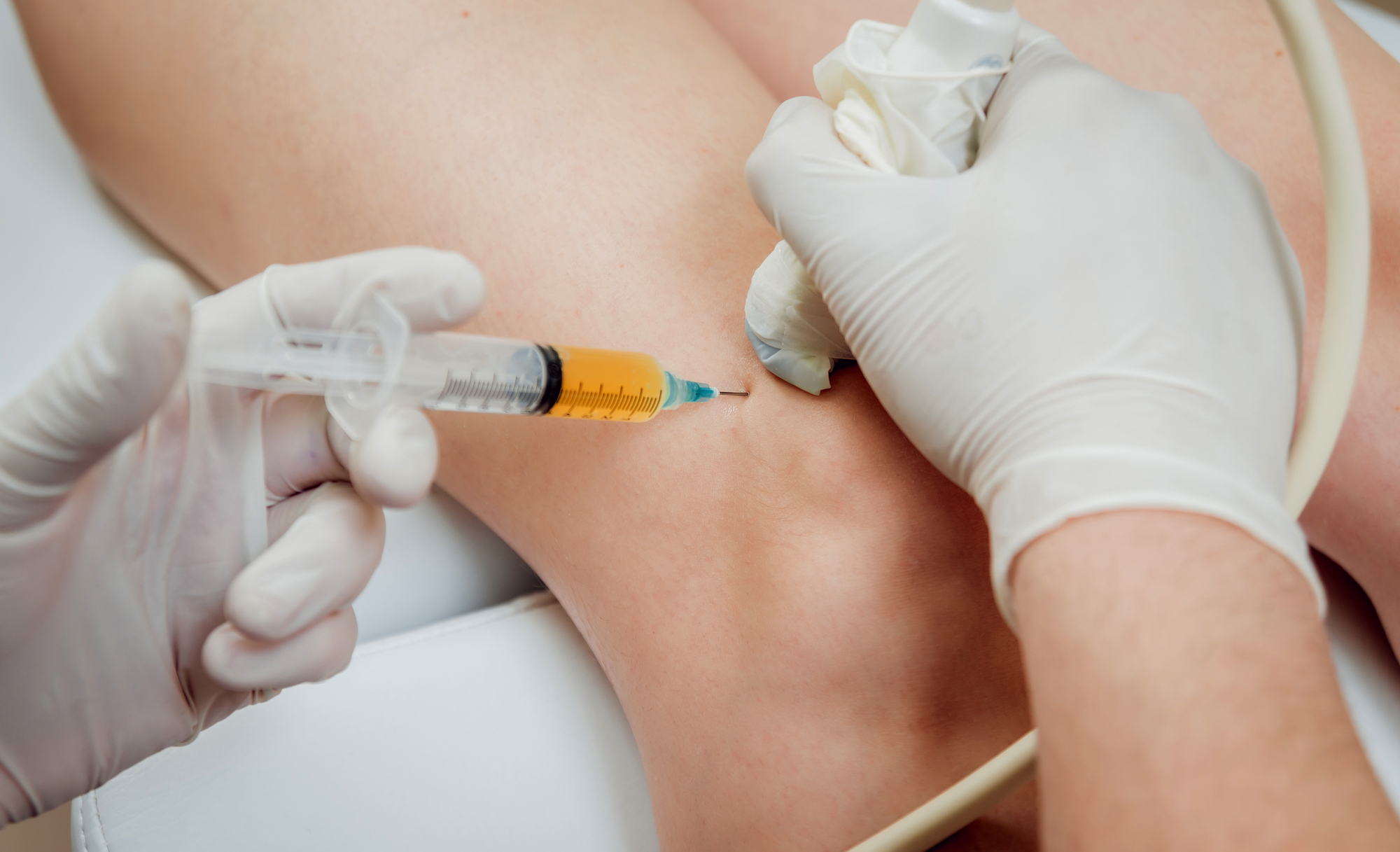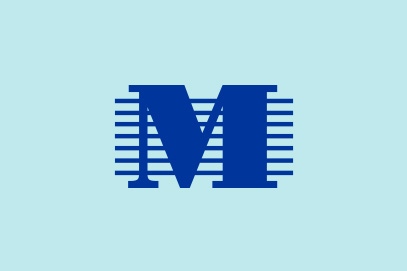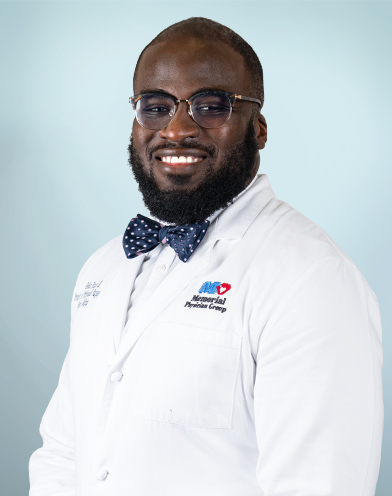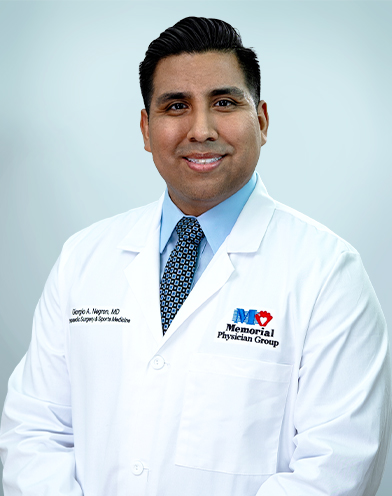
Platelet-Rich Plasma (PRP) Injections
Platelet-Rich Plasma (PRP) Injections
Call us for more information or to schedule an appointment
954-265-8326Did you know your body can heal itself? The specially trained sports medicine physicians at Memorial Healthcare System can help.
We use platelet-rich plasma (PRP) injections, a form of regenerative medicine, to mend strained tendons, meniscus tears, osteoarthritis and other orthopedic conditions.
The organic treatment, also known as PRP, relies on your own blood platelets in concentrated amounts instead of medications or steroid injections to heal an injured area. PRP injections typically deliver longer-lasting results because they amplify cell reproduction and stimulate tissue regeneration in the treated area.
Frequently Asked Questions
Blood platelets help our blood clot because they contain particular enzymes and growth factors. Plasma is the liquid part of our blood. By concentrating plasma with more platelets than usual, our body gets a boost to heal more effectively.
Here’s an example.
- Tendons connect our muscles to bone and are subject to wear and tear over time.
- Tendon weakness can cause pain and loss of function.
- Because tendons have a poor blood supply, healing them is difficult.
However, a PRP injection to the tendon or another injured area sends a burst of natural healing properties to the site. Growth factors in PRP stimulate and increase reparative cells to promote healing.
During the in-office, outpatient procedure, our sports medicine experts draw your blood like you’d have done in a lab. However, depending on the size of your injury, you may need more or less blood drawn to capture the right amount of platelets.
They take the sample to a centrifuge, which spins the blood to isolate the platelet-rich plasma. Next, they place the PRP in a syringe. Your physician will numb the inflamed or injured area with local anesthesia, then inject the PRP into it.
Your physician will explain your treatment protocol following your injection, including the best way to manage any pain. You’ll also need to rest the area, maybe even restrict movement, for a few days before starting physical or occupational therapy.
PRP treatments can offer promising results for orthopedic conditions or sports injuries, such as:
Call us for more information or to schedule an appointment
954-265-8326
Patient and Family Centered Care
We treat patients and family members as partners in healthcare.








